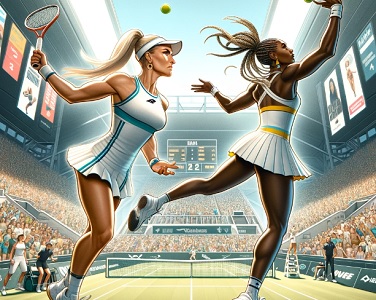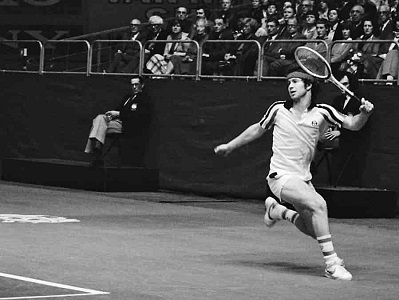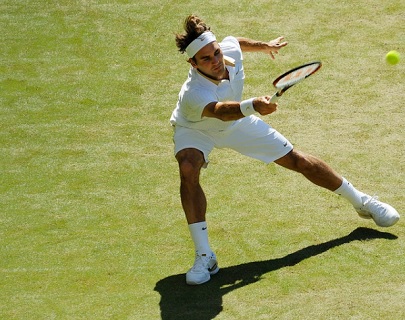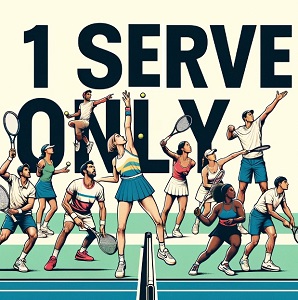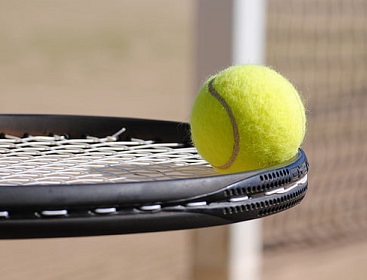How to choose the right tennis shoes

Essential criteria
Selecting the right tennis shoes is pivotal for any player, be it a novice or a professional. A suitable pair not only ensures optimal comfort but also enhances performance and reduces the risk of injuries. Here are the essential criteria to consider for making the right choice.
The level of the player
The level of the player greatly influences tennis shoe selection. Beginners need comfortable shoes with good cushioning for basic movements. Intermediate players require enhanced stability for dynamic play. Advanced players, with aggressive court movements, benefit from shoes offering optimal durability, support, and performance features.
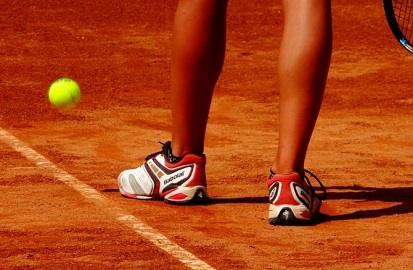
Type of court surface
Choosing the right tennis shoe greatly depends on the court surface. For clay courts, shoes with a herringbone-patterned outsole provide the best grip. On grass courts, a nubuck or pimpled sole is ideal to prevent slipping. For hard courts, like concrete, prioritize a durable sole with ample cushioning to protect the joints from the hard impact.
Type of game
The type of game a player employs significantly influences tennis shoe selection.
Baseline Players : Those who predominantly play from the baseline need shoes with superior lateral support and durability due to the side-to-side movements.
Serve-and-Volley Players : Players who often rush the net require shoes with a reinforced toe cap for the frequent forward sprints and abrupt stops.
All-Court Players : Those with a versatile game, playing all over the court, benefit from shoes that offer a balanced mix of stability, durability, and agility.
Understanding one’s playing style ensures the chosen footwear complements and enhances their game.
Cushioning
Cushioning in tennis shoes is paramount for player comfort and protection. Adequate cushioning shields the feet and joints from the repeated impacts experienced during play. Key technologies to look for include gel, encapsulated air, and specialized foams. A well-cushioned shoe not only enhances performance but also minimizes the risk of injuries and ensures prolonged play without discomfort.
Stability and support
Stability and support in tennis shoes are crucial for ensuring safe and efficient movement on the court. A shoe with proper stability aids in preventing unwanted foot rolling, especially during lateral movements. Mid-foot reinforcements or a bootie construction can enhance this support. A shoe that offers excellent stability and support minimizes the risk of ankle sprains and other foot-related injuries, allowing players to confidently make quick pivots and sprints during their matches.
Breathability
Breathability in tennis shoes is essential for maintaining foot comfort and health during intense matches. A breathable shoe ensures efficient air circulation, reducing the buildup of moisture and heat. This not only prevents overheating and excessive sweating but also reduces the risk of blisters and fungal infections. Materials like mesh are commonly used to enhance shoe breathability, allowing players to stay cool and focused on their game, regardless of the weather conditions.
Durability
Durability in tennis shoes is a critical factor, especially for players who spend considerable time on the court. A durable shoe withstands the rigorous demands of the sport, from rapid movements to abrasive court surfaces. Key areas, especially the outsole and the toe box, often face the most wear and tear. Reinforced zones, high-quality materials, and robust construction all contribute to a shoe’s longevity. Investing in durable tennis shoes not only ensures consistent performance but also offers better value over time, reducing the frequency of replacements.
Weight
Weight in tennis shoes directly impacts agility and foot fatigue. Lightweight shoes allow for quicker movements and can enhance responsiveness on the court. However, it’s crucial that reduced weight doesn’t compromise support or durability. Balancing weight with other essential features ensures players get the most from their footwear, optimizing both speed and protection.
Fit
Fit is paramount in tennis shoes, ensuring optimal performance and preventing injuries. A shoe that fits well supports natural foot movement, reduces friction, and prevents blisters. It shouldn’t be too tight or too loose, and it’s essential to consider individual foot shape and arch type. A proper fit ensures comfort, stability, and confidence during play.
Design and aesthetics
Design and aesthetics, while secondary to performance features, play a role in tennis shoe selection. A visually appealing shoe can boost a player’s confidence and reflect their personal style. Brands often merge functionality with contemporary designs, offering players a blend of performance and style. Ultimately, while aesthetics are subjective, they contribute to the overall tennis experience for many players.
Price
Price is a pivotal factor when choosing tennis shoes. While it’s tempting to opt for high-end models with advanced features, it’s essential to balance budget with needs. Expensive doesn’t always mean better. Many mid-range shoes offer excellent performance and durability. Setting a budget and seeking the best value within that range ensures you get a pair that meets both your playing requirements and financial considerations.
Conclusion
Choosing tennis shoes shouldn’t be taken lightly. By considering the above criteria, you’ll be able to find the perfect pair that meets your needs and allows you to play at your best. Always try them on before purchasing to ensure the best fit. Play well!

